by Alejandra García Vélez
When talking about lighting control you can be referring to many things; for example, it includes from the installation of a simple on/off command, to manual and automatic light reducers, control only of rooms or entire buildings. In addition, the lights can be controlled by means of keyboards or dimmers, timers, occupancy sensors, among other systems. Lighting control also includes the use of sunlight through the use of automatic curtains.
Likewise, the decision to use this type of system can be based on different variables, since initially it allows the visual environment to be managed to use the appropriate level of light according to the activity to be developed, but there is also a significant saving of energy. This last reason is what today drives companies towards the implementation of lighting controls, either individually or as part of an energy efficiency macro project that includes the automation of other building services.
David M. Weinstein, vice president of sales for the Window Systems Division at Lutron Electronics, said it's common to find integrations between light and blind systems, energy-saving features and even integration with security systems to help lights react to intrusions or emergency situations. There are also systems that monitor and measure electrical energy consumption in a room, area or building. While lights and blinds work together to achieve a balance between the use of sunlight and electric light, at the same time the absorption of heat and the load of HVAC systems (heating, ventilation and air conditioning) is reduced.
Some examples of installations
Integrator firms learn to work with clients to understand their needs and respond with designs that address the functional and architectural requirements of the project. Lutron Electronics, through its website, presents some cases of integrations made in buildings in the United States; The New York Times Building, for example, reduced the building's energy consumption by 70%, which translates into a saving of $315,100 a year, also implying 1,250 metric tons less CO2 emissions.
The 52-story building has as its main attribute the open spaces and glass walls that offer the occupants of the property wide views of the neighboring skyscrapers. The entire structure is designed to get the maximum light. To take advantage of the above, it was also necessary to have an appropriate lighting control system; One of Lutron's solutions was installed in the building: Quantum, which uses strategies such as sunlight control, occupancy monitoring, time control, among others, which give building users the greatest possible comfort.
As previously stated The New York Times Building reduced its energy consumption by 70% and discriminated as follows: 10% thanks to occupancy sensors (they turn off the lights if the spaces are empty), 2% was due to schedules (lighting changes during certain hours of the day), another 30% came from the use of sunlight (the intensity of artificial light is decreased during the hours of the day), and 58% thanks to the adaptation of light levels, that is, each space has a different level of lighting according to its needs. In this case, sensors are installed to make the most of the brightness of the space, continuously and imperceptibly the levels of electric light are adjusted maintaining a consistent level of lighting all the time, so that people do not perceive the changes.
In addition, each floor is divided by areas, each has its own levels that adjust to the requirements of employees and the work that is done in a certain place, also according to the amount of sunlight that penetrates the space. To achieve that level of accuracy it was necessary to install around 18,000 sensors.
Another case presented by Lutron is the university campus of Georgian College in Ontario, Canada, in which EcoSystem was installed, a system that has allowed the school to monitor and modify its light levels in the different buildings of the campus. The project required around 3,300 lamps in 7 buildings. During the installation, light sensors, occupancy sensors and in-wall controls were placed that can be programmed by the university staff. As a result, more than 70% of energy costs are being saved compared to the old system.
The project has also allowed, for example, teachers to manipulate the lighting depending on the activities they are going to develop; in a traditional whiteboard presentation the board lighting is increased to allow for better viewing, but when a video exposure is to be made, the light decreases in the area near the screen and increases near the students' desks. In the same way, classrooms, meeting rooms and auditoriums are configured.
The above is just a sample of the things that can be achieved with a good installation. Technology is available, it all depends on the integrator's ability to give the customer what they need.
The Latin Market
Theresa Baer, communications and marketing manager for Colorado vNet, indicated that interest in continuous lighting control systems is increasing because of their convenience and the savings it achieves; however, the readaptation of the facilities is becoming popular among homeowners as they prefer to improve existing ones than build. "Integrators are looking to make higher profits by doing more work in less time," he said.
For his part, Weinstein believes that the market for lighting controls is very large but little explored. "The value of a lighting and blind control system versus an on/off switch or a manual blind is significant. Our main obstacle to growth is customer knowledge and education on this issue."
However, Weinstein added, thanks to the growth in commercial value and the residential customer base in the region, the demand for lighting systems is increasing hand in hand with the increase in the complexity of the designs. Customers, both residential and commercial, are increasingly looking for functional, effective and aesthetic control.












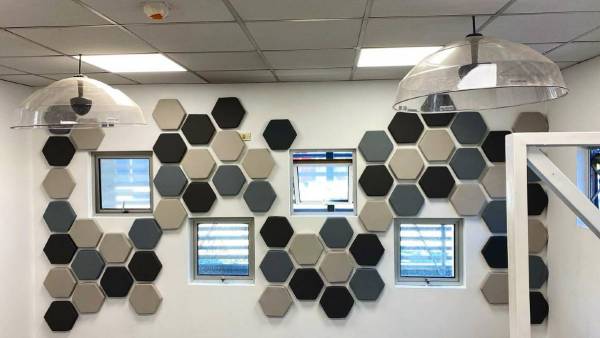
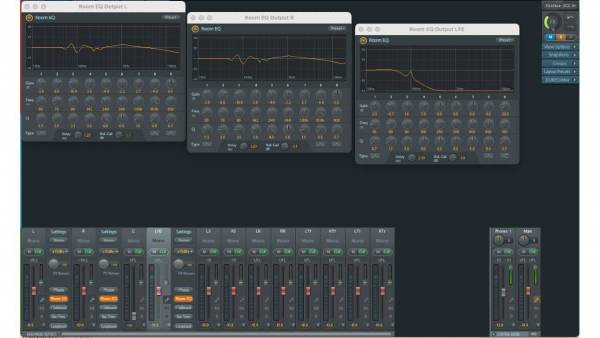
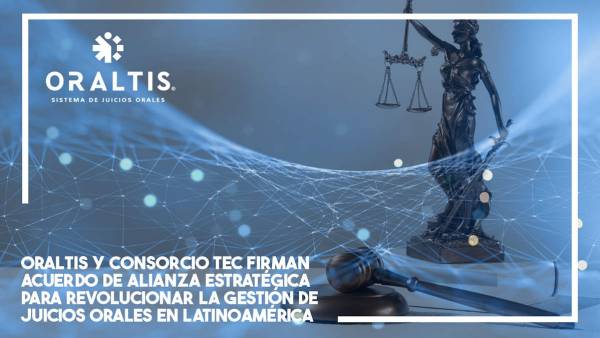
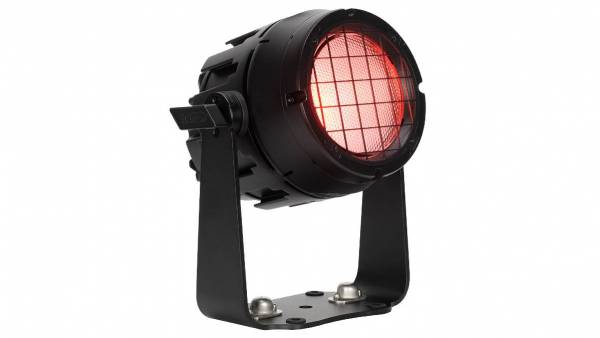

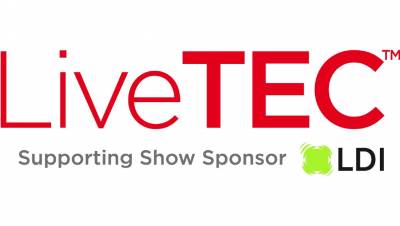








Leave your comment